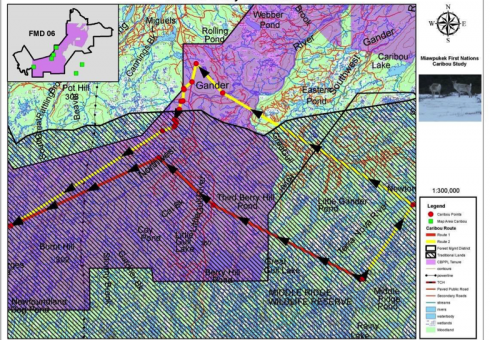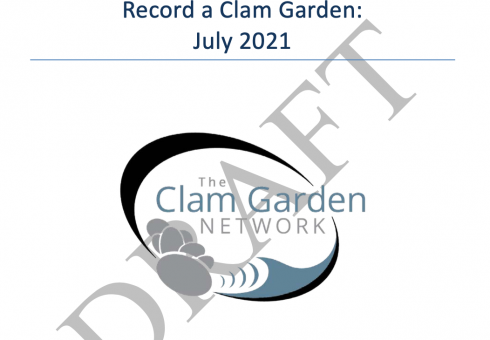How can Indigenous knowledge shape your monitoring methods and design?
As you develop your monitoring methods and activities, consider utilizing a range of indicators that reflect both Indigenous knowledge as well as scientific information.
You may want to engage Indigenous knowledge holders such as elders and land users in the design of your monitoring plan. These individuals can share their knowledge about the land to inform monitoring priorities and design and help identify useful Indigenous and scientific indicators of ecosystem health. Active land users can also be invaluable observers and collectors of monitoring data.
The Arctic Borderlands Ecological Knowledge Society integrate Indigenous knowledge and western science in their approach to monitoring. The Community Ecosystem Monitoring Interview Questions and an example of a Community Monitor Report provides some insights into their work with Gwitch'in/Gwich'in and Inuvialuit harvesters. There are more links below to projects where Indigenous knowledge is shaping monitoring design.
Developing monitoring plans that use both Indigenous knowledge and western science approaches and indicators takes time. It requires finding scientists, researchers and consultants who are curious, can hold multiple worldviews, and are willing to learn. Allow adequate time for knowledge holders and external advisors to listen to each other and understand each other’s points of view.
The end result will be a robust, holistic monitoring plan that is connected to your community’s values and knowledge systems. Ensure that any external advisors involved in building your monitoring program also train your Indigenous Guardians in data collection protocols being developed.

